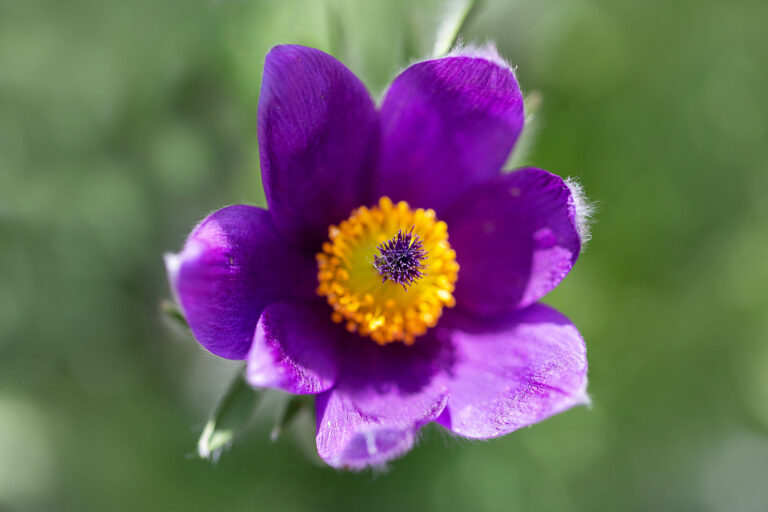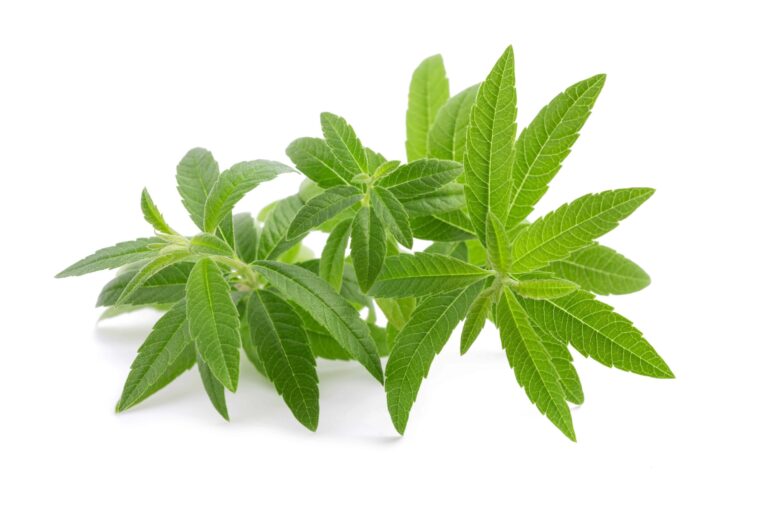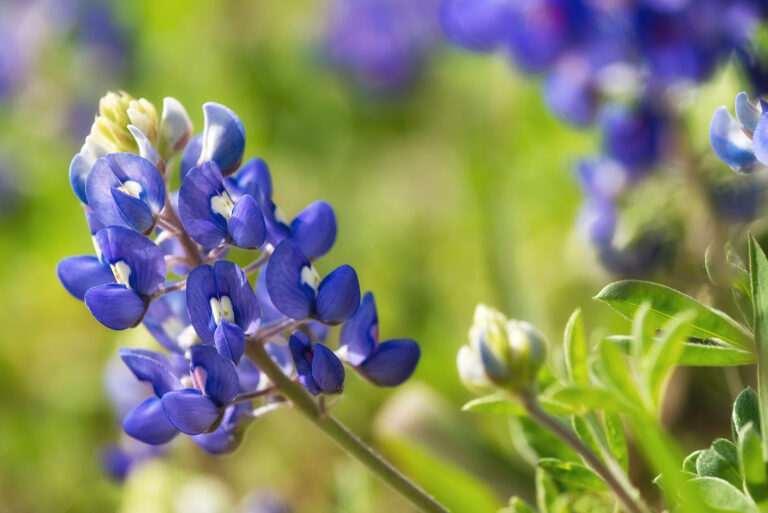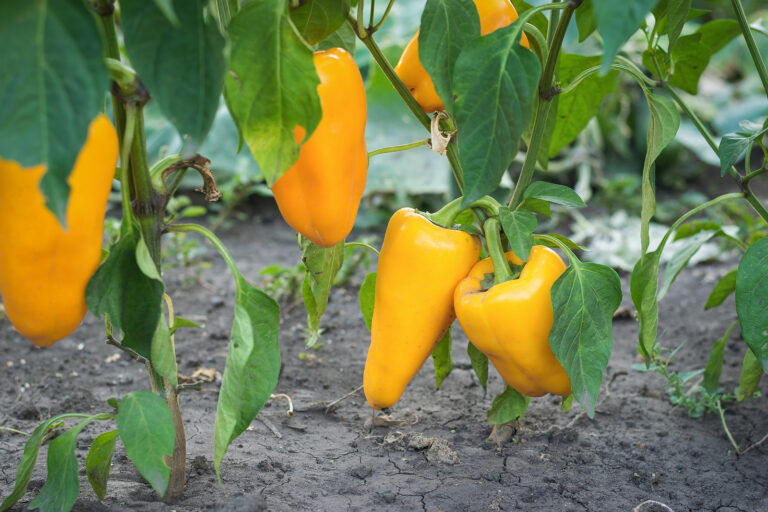Growing Baby Vegetables

Baby vegetables are commonly vegetables harvested before they reach full size and served whole while they are small, delicate, succulent, and tasty. Other baby vegetables have been especially bred to be flavorful while still small.
Because baby vegetables are harvested small they can be planted very close together. This makes baby vegetables well suited for small gardens or container growing.
For standard vegetables harvested at baby size, a succession of the same crop is possible: first young plants are harvested as baby vegetables then the remaining plants are left to grow on to harvest at maturity–as fully developed vegetables.
Some baby vegetables are formed after the main crop has been harvested. For example, after full size artichokes are harvested smaller artichokes will form lower down the plant. The same is true for Brussels sprouts and broccoli spears.
Baby vegetables bred for harvest small are dwarf varieties. Dwarf varieties include ‘Little Finger’ carrots which grow to just 3 inches long at maturity and ‘Parmex’ carrots that grow to 1½ inches long and 2 inches wide when mature. ‘Red Currant’ and ‘Yellow Currant’ are cherry-type tomatoes that are full-flavored at just ½ inch across.
Growing baby vegetables makes sense if you are short on space or time; baby vegetables are quick-maturing and a good choice in short growing season regions.
Growing Baby Vegetables. Baby vegetables taste best when they are grown to harvest quickly and cooked and eaten the very day they are picked. To bring baby vegetables to harvest grow them in compost rich soil and keep them evenly moist throughout their growth, never over water or let the soil go dry.
Baby vegetables will not go as far at the table as full-size vegetables grown to maturity. To ensure a continuous harvest, make successive sowings throughout the growing season. Grow crops of the same height and size close together to avoid shading out shorter crops or having roots compete for space and nutrients. Bring baby vegetables to harvest when they are young, tender, and flavorful.
Baby Vegetables: Tips to Grow, Harvest, and Serve
Artichoke. Grow in full sun with regular water; perennial matures in mild weather. The baby artichokes will follow the main flower bud; the secondary buds will form lower down the plant. Pick when 1 inch in diameter before the “choke” forms. Steam or grill whole and sere with melted butter or mayonnaise.
Beet. Grow in full sun with regular water; annual for cool weather. Standard beets can be harvested as baby beets when they are just 1 inch in diameter. Serve raw or steam briefly. Leaves can be steamed as well. Try these varieties: ‘Chioggia’ and ‘Formanova.’ For small harvest also try ‘Scarlet Supreme,’ ‘Little Ball’ and young ‘Detroit Dark Red.’
Bok Choy. Grow in full sun with regular water; annual for cool weather. Harvest whole when small and serve whole after steaming or blanching briefly. Try the variety ‘Bonsai Hybrid Pak Choi’ or ‘Toy Choy Hybrid Pak Choi.’ Also try ‘Mei Qing Choi.’
Broccoli. Grow in full sun with regular water; annual for cool weather. The baby broccoli harvest will come after the main harvest–lower down the plant small flower stems will form. Or plant broccoli on 8 inch rather than 20 inch centers to keep the plants small with small heads. Steam or sauté briefly then season or serve with balsamic vinegar.
Brussels sprouts. Grow in full sun with regular water; annual for cool weather. Harvest the buds when they are just 1 inch in diameter while they are mild and sweet. Steam or sauté quickly; serve with butter or cheese sauce.
Cabbage. Grow in full sun with regular water; annual for cool weather. Harvest when head is small just 4 or five inches across. Serve raw or steam or boil quickly. Try ‘Baby Head’ densely packed with small core.
Carrot. Grow in full sun with regular water; annual for cool weather. Sow as close as ½ inch apart in compost rich soil. Harvest when small, tender, and sweet before the root is more than 3 or 4 inches long. Serve raw or steam briefly. Try the varieties ‘Parmex,’ ‘Thumbilina,’ Lady Finger,’ ‘Baby Fingers,’ and ‘Primo.’
Cauliflower. Grow in full sun with regular water; annual for cool weather. Plant cauliflower on close centers of 6 inches to keep the plants small. Harvest baby cauliflower when it is still tight about 4 inches across. Steam whole or bake in cheese sauce. Try the variety ‘Snow Crown.’
Celery. Grow in full sun with regular water; annual for cool weather. Harvest celery when stalks are about 7 inches long and full flavored. Braise or stir-fry with other vegetables.
Corn. Grow in full sun with regular water; annual for warm weather. Plant baby corn varieties such as ‘Minor Hybrid.’ Sow at twice the recommended rate. Harvest before pollination just when tassels begin to show. Blanch or stir fry. Try the variety ‘Sweet Baby Corn.’
Cucumber. Grow in full sun with regular, even water; annual for warm weather. Harvest between 2½ and 7 inches long, firm and medium green colored. Serve raw in salads or as a snack. Try ‘Midget Bush Pickling’ or ‘Fancy French Pickling.’
Eggplant. Grow in full sun with regular water; annual for very warm weather. Choose a variety that is naturally small and then harvest when it attains full color. Cook before serving. Try the variety ‘Baby Eggplant.’ The standard eggplant ‘Ichiban’ is good picked young. Also try ‘Little Fingers’ and ‘Bambino.’
Green beans or Haricots verts. These are also known as filet beans or French beans. Grow in full sun with regular water; annual for warm weather. Harvest haricot verts when young and immature; baby green beans will be tender and not show the seed. Serve raw in a salad or steam quickly and dress with butter. Try ‘Astrelle,’ ‘Marbel,’ Coco Nain Blanc Precoge,’ or the pole beans ‘Emerite,’ and ‘Annelino.’
Leek. Grow in full sun with regular water; mild tasting baby leeks are ready for harvest in about 2 months; annual for cool weather. Blanch or steam baby leeks briefly and serve alone or as a garnish. Try the variety ‘Baby Primor.’ Grow the standard varieties ‘Broad London’ and ‘King Richard’ and harvest at finger size. ‘Albinstar’ is bred for harvest as a baby.
Lettuce. Grow in full sun to part shade with regular water; annual for cool weather. Pick leaves when young just 3 inches or so long. Sow thickly for baby leaves. Sow successive crops every 10 days for a continuous supply. Serve raw in salad with baby spinach and other baby vegetables. Try ‘Tom Thumb’ and ‘Sweetie Baby Romaine.’
Onion. Grow in full sun with regular water; annual for cool or warm weather. Harvest when shoots are still pencil size. Try ‘Borettana Cipollini’ or the pearl onion ‘Crystal Wax.’
Peas. Grow in full sun with regular water; annual for cool weather. Harvest the petits pois while small and tender before the plant gains a height of 18 inches. Cook quickly.
Pepper. Grow in full sun with regular water; annual for very warm weather. Choose a miniature variety. Serve raw or cooked. Try ‘Miniature Red Bell,’ ‘Miniature Yellow Bell,’ or ‘Miniature Chocolate Bell.’
Potato. Grow in full sun with regular water; annual for warm or cool weather harvest. New or baby potatoes are simply young potatoes harvested when 1 to 3 inches in diameter. Fingerling potatoes are naturally small and harvested when 1 to 2 inches in diameter and 5 inches or less in length. New potatoes are ready for harvest when the plant begins to flower. Boil or roast shortly after harvest. Try the varieties ‘German Finger,’ ‘Swedish Finger,’ ‘Rose Finn Apple’ and ‘Russian Banana.’
Radish. Grow in full sun with regular water; annual for cool weather. Radishes are ready in 20 to 25 days, baby radishes in less than 20 days. Serve raw in salads. Try ‘D’Avignon French Breakfast Radish.’
Spinach. Grow in full sun or partial shade with regular water in well-drained soil; annual for cool weather. Protect spinach from cold or grow quickly in a plastic tunnel or cold frame. Harvest baby spinach when the leaves are 1 to 2 inches long. Serve raw for its sweet flavor.
Summer squash. Grow in full sun with regular water; annual for warm weather. Grow zucchini, patty pan, and crookneck to harvest young and serve whole. Steam briefly or fry quickly in tempura batter or grill covered in olive oil. Try the varieties ‘Sweet Dumplings,’ ‘Sunburst’ and the zucchinis ‘Condor,’ and ‘Butterstick.’
Tomato. Grow in full sun with regular water; annual for very warm weather. Grow a miniature or cherry-type variety. The small size at maturity will concentrate the flavor. Snack whole or slice and serve raw in salads. Try the varieties: ‘Jolly Elf,’ ‘Mini Charm,’ ‘Tumbler,’ ‘Tumblin’ Tom Red.’ ‘Tumblin’ Tom Yellow.’
Turnip. Grow in full sun in well-worked soil and with regular water; annual for cool weather. Harvest when about 1 inch or so in diameter. Eat raw or in salads or steam and dress with butter. Turnip greens can be eaten raw in salads.







